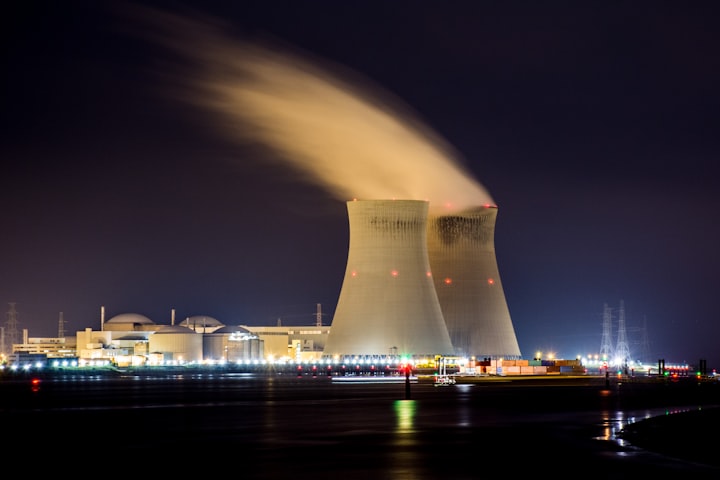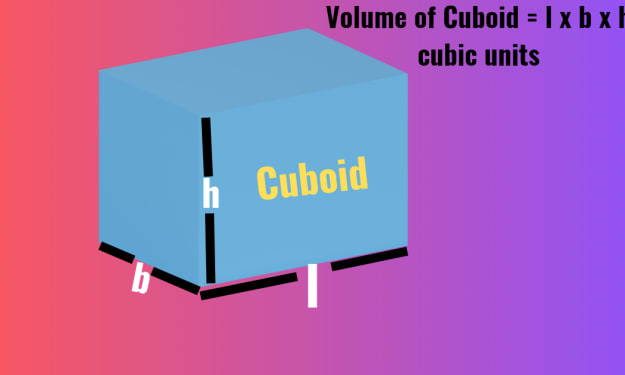
Introduction:
In the field of chemistry, compounds play a central role because they serve as building blocks of matter. The purpose of this article is to address the concept of chemical compounds and examine their definition, properties, and diversity of compounds found in nature.
Define Coumpound
A compound is a substance that is formed when two or more elements are chemically combined in a certain proportion.For example when Hdrogen and oxgen gas are chemically combine then water are formed.Hydrogen is a gas while oxgen is gas but water are formed water is a liquid.
Unlike mixtures, where substances retain their individual properties, compounds are self-contained entities with unique properties. When compounds are formed, electrons are shared or transferred between atoms, forming stable structures with specific chemical properties.
Compound properties:
Solid composition:
Compounds have specific chemical formulas that indicate the exact proportions of atoms in the structure. For example, water (H2O) is made up entirely of two hydrogen atoms and one oxygen atom.Water i a liquid,Hdrogen and oxgen are a gas.
Chemical bond:
The bonding forces that bind elements in a compound are chemical bonds. These bonds can be covalent or ionic, depending on whether electrons are shared or transferred between atoms.
Tranfer of electron from one atom to another atom is called Ionic compound,while sharing ofelectron between atoms is called covalent bond.
Special features:
A compound has properties that are different from its constituents. This phenomenon is called emergent properties, where combinations of elements create materials with unique properties.
Mean when hdrogen gas and oxgen gas are combine then Water are formed.we see that water is a liquid while Hdrogen and oxgen are gases,main thing is that hdrogen has own property and oxygen has own property when combine to formed water,water is a liquid this property are change due to hydrogen and oxygen gas.
Compound type
Ionic compounds
In ionic compounds, electrons are transferred from one atom to another, resulting in the formation of positively charged ions (cations) and negatively charged ions (anions). Electrostatic attraction between these oppositely charged ions holds the compounds together. Common examples are sodium chloride (NaCl) and calcium carbonate (CaCO3).
In above we see that Na donate electron and Cl accept electron.then NaCl are formed.

Covalent compounds
Covalent compounds are formed when atoms share electrons to achieve a stable electronic configuration. These compounds often contain nonmetallic elements and exhibit a wide range of physical states, ranging from gases such as Florine(F2) oxygen (O2) to solids such as diamond (C).
Metal co

mpounds
Metal compounds are characterized by a sea of delocalized electrons surrounding positive metal ions. This arrangement contributes to the metal's unique properties, such as electrical conductivity and plasticity. Examples include copper (Cu) and iron (Fe).
Practical application
Organic compounds
Organic compounds are carbon-based compounds that form the basis of all living things. The diversity of organic compounds is astonishing, ranging from simple hydrocarbons to complex biomolecules such as proteins and DNA. Inorganic compounds:
Inorganic compounds that do not have carbon-hydrogen bonds cover a wide range of substances. Salts, acids, and bases are examples of inorganic compounds needed for various industrial processes and biological functions.
Polyatomic compounds
Polyatomic compounds consist of groups of atoms with an overall charge called polyatomic ions. Examples include ammonium (NH4+) and sulfate (SO4^2-).
Concluion
Compounds are the essence of the chemical diversity that shapes the world around us. Compounds form the basic units of matter, from the water we drink to the proteins that sustain life. Understanding their nature, properties, and types is the basis for understanding the complexity of the world of chemistry and the myriad of substances that make up the universe.






Comments
There are no comments for this story
Be the first to respond and start the conversation.